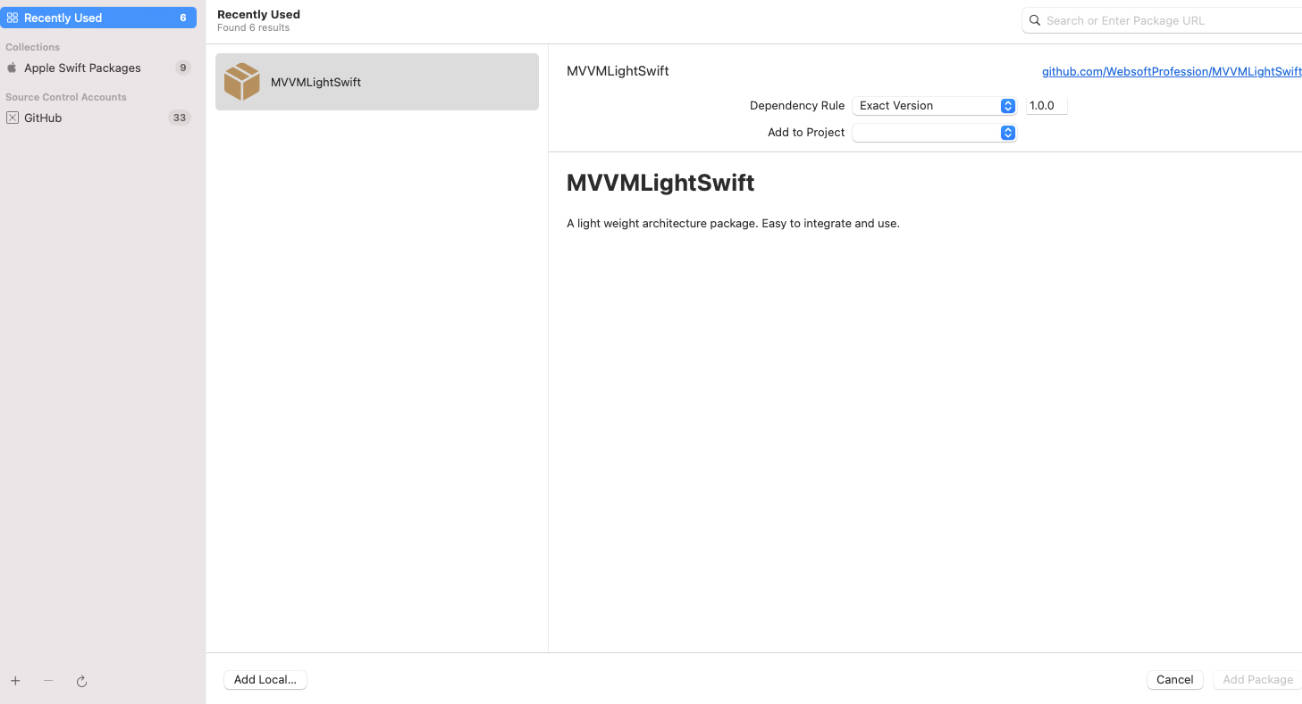Mobile iOS Microservices Architecture
Introduction
This repo is an example of the Mobile Microservices Architecture and is offered as an appendix to the book Clean Mobile Architecture. The book covers all the aspects of building Clean Mobile Applications and explains the reasoning behind all the decisions made in this sample project.
This architecture is primarily intended for educational purposes and aims to describe engineering concepts and practices such as:
- Clean architecture
- Inversion of Control
- Dependency Inversion
- Dependency Injection
- S.O.L.I.D principles
- MVI
- Reactive Programming
- Unit testing
- UI Testing
- Segregation into independent modules
- Packaging
The philosophy behind the Mobile Microservices Architecture is to segregate the codebase into multiple independent targets/modules that can be developed in complete isolation from the rest. Clean Architecture and the Dependency rule apply. High-level modules are entirely agnostic of the low-level ones.
It can be used as a base for an enterprise production app where several independent teams are supposed to co-develop a large-scale, complex application in parallel. The boundaries can enable each team to make its own choices on architecture, code style, and usage of third-party libraries. It’s not suited for simple or medium complexity apps as its boundaries will essentially serve as impediments to a small team of developers. The approach is inspired by the respective Microservices approach in a backend system. Each Microservice can use its own Programming language and architecture, but it also adds overhead.
The technology stack includes:
- SwiftUI
- RxSwift
- Alamofire
- Mocking Bird
- Resolver
Clean Layering
The diagram above describes the layering of the project. The thick lines indicate rigid boundaries, and separation in modules, while the thin lines represent soft boundaries and separation in packages.
Architectural Overview
For more information, please refer to the book Clean Mobile Architecture.
For a more Pragmatic approach that can be used in projects of every size, you can refer to the other example included in the book Pragmatic Clean Architecture.
License
Copyright (C) 2022 Petros Efthymiou Open Source Project
Licensed under the Apache License, Version 2.0 (the "License");
you may not use this file except in compliance with the License.
You may obtain a copy of the License at
http://www.apache.org/licenses/LICENSE-2.0
Unless required by applicable law or agreed to in writing, software
distributed under the License is distributed on an "AS IS" BASIS,
WITHOUT WARRANTIES OR CONDITIONS OF ANY KIND, either express or implied.
See the License for the specific language governing permissions and
limitations under the License.






